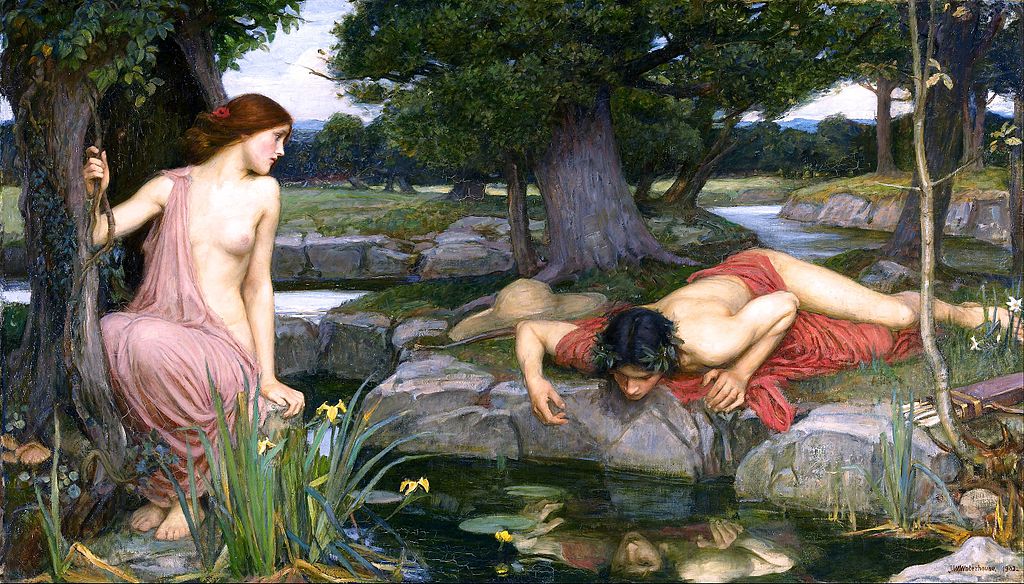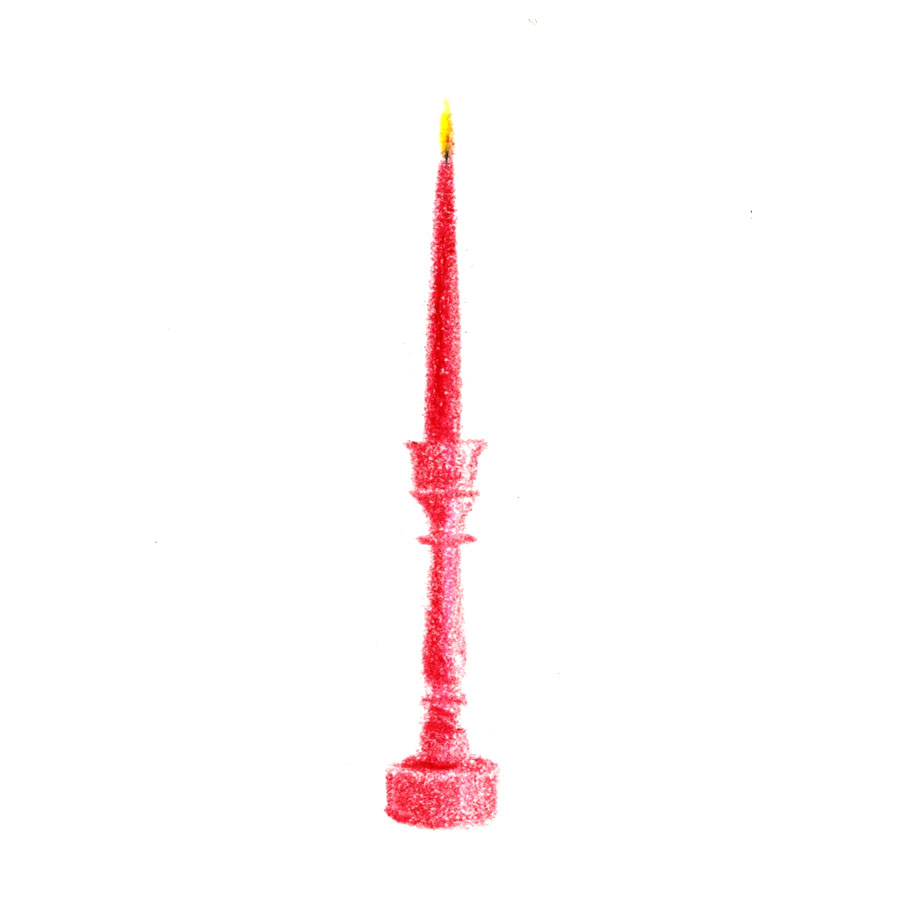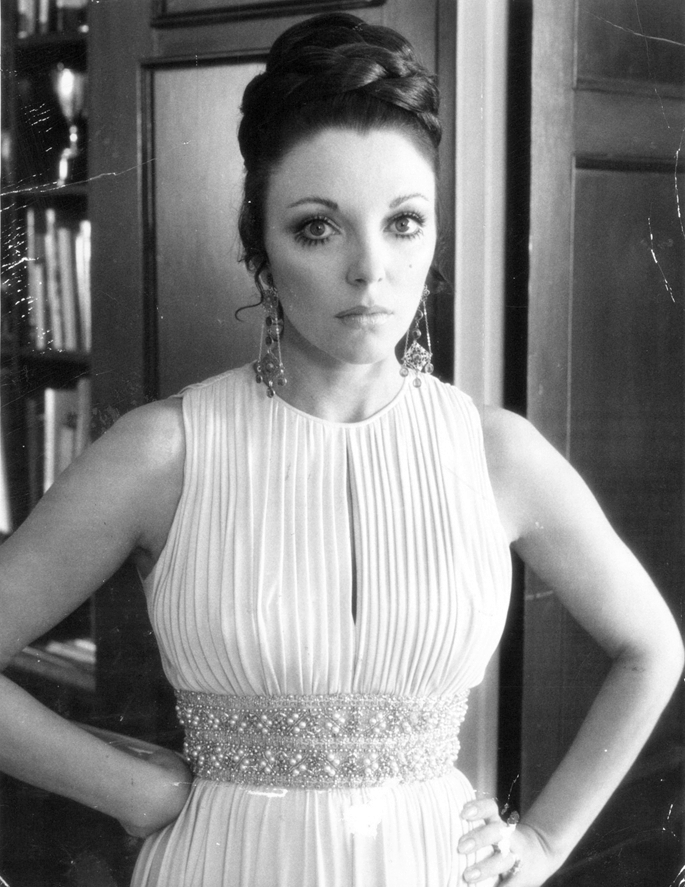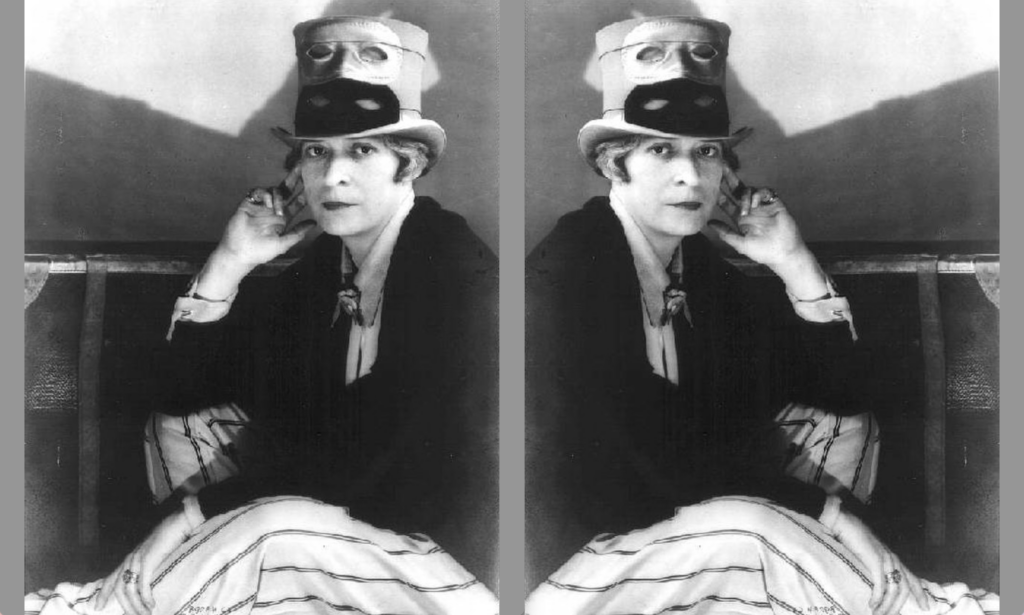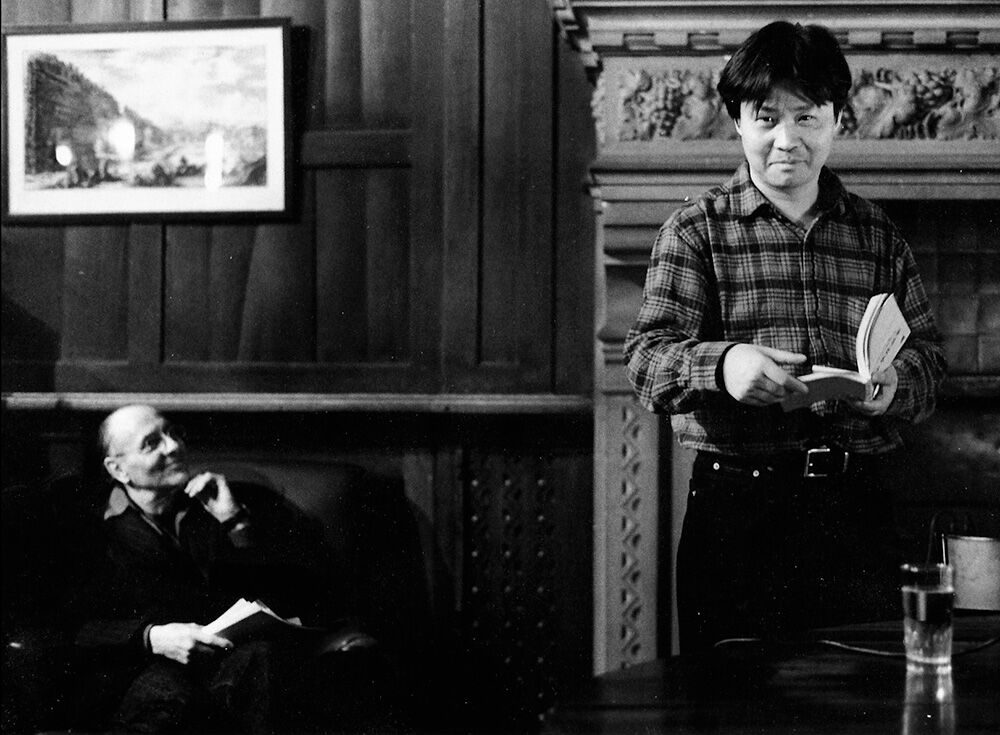Janet Flanner, ca. 1925. Berenice Abbott, Public domain, via Wikimedia Commons.
Here is Norman Mailer in his fine black boots, high-cut and shiny and very snug on the ankle, like something you might pick out if you were the prop master for an expensive production of Richard III. Sweating a bit under the TV lights, he seems to be doing an imitation of a scowl, as if to gesture toward his reputation as a guy who goes around scowling. He sits angled toward the host, Dick Cavett, who bends slightly away from him, as do the other two guests. One of them is Gore Vidal. Like Mailer, Vidal is doing an impersonation of himself. He strikes various languorous attitudes as the camera begins to roll, reclining deeper into his chair as Mailer leans forward, toying idly with his glasses and smiling as Mailer yaps and bares his teeth. A cat and a dog.
Compared to these two, both positively radiant with the excitement of showing off, the third guest seems to have been invited on by mistake. She is, basically, an old lady. She wears white gloves and a neat skirt suit, with a scarf knotted at her neck. She doesn’t say much at first, waiting patiently as, according to the description on the YouTube clip, “the infamous feud between novelist Norman Mailer and writer Gore Vidal comes to a head in a battle of wit, sarcasm, and condescension with the audience and Janet Flanner”—that’s her—“(reluctantly) in the front row.”
This is all wrong. First, if you have come to this old episode of The Dick Cavett Show to witness an invigorating exchange of white-hot barbs, you are in for a disappointing half hour. It’s not so much a mighty clash of intellect as two exceptionally vain men seizing the opportunity to come out with bons mots they have been practicing in the mirror for weeks beforehand. These include zingers like “intellectual cow.” It never really rises above this level and is often even more mortifying than that—five minutes in, Mailer affects an air of fascination as he wonders if Muhammad Ali “came out of a good (bleep) or a bad one.” He repeats this a couple of times, his delight in himself so childlike it is almost touching. Second, the suggestion that Flanner is a reluctant participant, in fact barely a participant at all, is inaccurate. She is evidently having fun, making droll remarks and winking at the audience; she, at least, is aware of the silliness of what is unfolding. She maintains her good humor for a solid fifteen minutes as the two men toss their dignity to the far winds, finally interrupting Vidal just as he is about to respond to Mailer’s accusation that his work smells of “intellectual pollution.”
It’s very odd, she says, that the two of you act as if you’re the only people here. “Aren’t we?” Mailer burbles. She gestures to the audience and says, “They’re here.” She points to Cavett—“He’s here.” She points at herself, doing a funny little mime of indignation—“I’M HERE, and I’m becoming very, very bored.” The audience bursts into laughter and applause. She blows a kiss at Mailer, and the applause increases. Mailer’s shoulders shoot up even higher, and he can’t rid his voice of a disconsolate note as he assures Flanner that he wouldn’t hit her, because she is “intellectually smaller” than he is. Flanner laughs uproariously.





